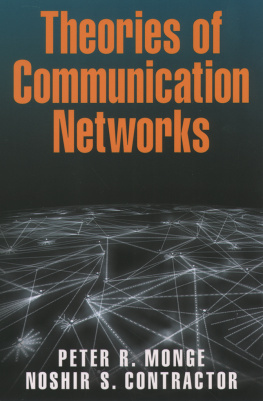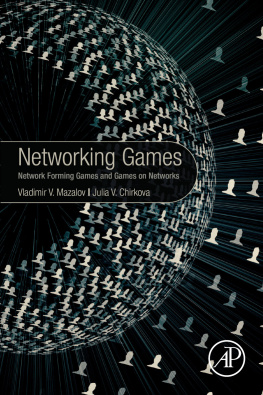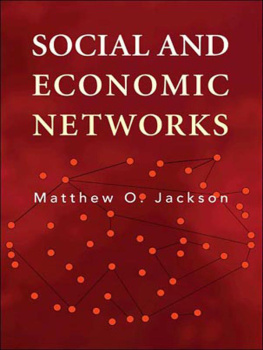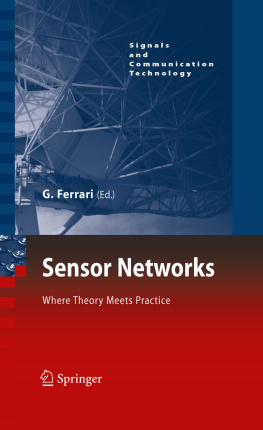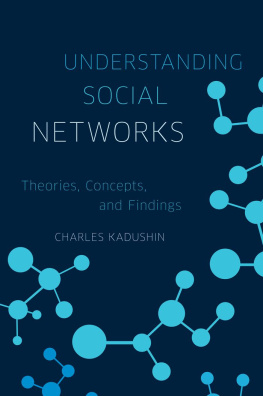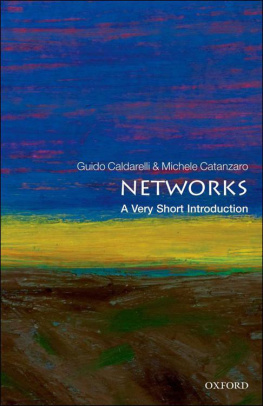First published 1999 by Ashgate Publishing
Reissued 2018 by Routledge
2 Park Square, Milton Park, Abingdon, Oxon, OX14 4RN
711 Third Avenue, New York, NY 10017, USA
Routledge is an imprint of the Taylor & Francis Group, an informa business
Copyright Randy Ziegenhorn 1999
All rights reserved. No part of this book may be reprinted or reproduced or utilised in any from or by any electronic, mechanical, or other means, now known or hereafter invented, including photocopying and recording, or in any information storage or retrieval system, without permission in writing from the publishers.
Notice:
Product or corporate names may be trademarks or registered trademarks, and are used only for identification and explanation without intent to infringe.
Publisher's Note
The publisher has gone to great lengths to ensure the quality of this reprint but points out that some imperfections in the original copies may be apparent.
Disclaimer
The publisher has made every effort to trace copyright holders and welcomes correspondence from those they have been unable to contact.
A Library of Congress record exists under LC control number: 98074702
ISBN 13: 978-1-138-32140-3 (hbk)
ISBN 13: 978-0-429-45254-3 (ebk)
Many farmers in Iowa and other Midwestern states are joining swine production networks - cooperative endeavors to jointly produce and market pigs. In this work I present the results of an ethnographic study of twelve of these groups to evaluate their practical significance to farmers and their theoretical significance to our understanding of the social and economic organization of agricultural production. This study evaluates production networks among household producers in a market economy by providing an assessment of the current and potential role of network forms of organization. It also enhances our understanding of new forms of economic organization that don't fit the usual assumptions about the behavior of firms or households.
The key theoretical issue explored here is the role of networks of economic relations in the market economy. This study integrates theory from economic anthropology and the New Institutional Economics (NIE) to enhance the understanding of these networks. The NIE explains economic organization by reference to its institutional setting as well as by using models of individual motivation and choice. This can be seen as part of a broader structural analytic perspective that has emerged in a number of social sciences in recent years (see Wellman and Berkowitz 1988 for an overview). Although anthropologists made early contributions to structural analysis through the development of social network analysis (Barnes 1954, Boissevain 1974, Boissevain and Mitchell 1971, Bott 1971, Mitchell 1974), its core articulations have come from economists, economic sociologists, and organization theorists (Granovetter 1985, North 1981, Powell 1990). Anthropologists have recently reentered the debate over the structuralist perspective through their interest in the NIE (Acheson 1994, Douglas 1992, Ensminger 1992, Plattner 1984, 1989b). For anthropologists, the NIE not only has affinities with social network analysis but also parallels Barth's (1981) use of transaction as the key to understanding social process.
The NIE explains economic behavior in part by the use of standard neoclassical microeconomic assumptions about rational choice and individual decision making. One of the flaws of neoclassical theory is its inability to adequately explain the origins of firms as economic entities. In other words, why in a world of utility maximizing individuals do the transactions for some goods take place in the market while others take place within some larger hierarchical unit - particularly firms? Williamson (1975, 1985) described a continuum of transactional behavior from market based to hierarchical (i.e. within the firm itself). By linking economic and noneconomic phenomena this market-hierarchy continuum helps construct a framework for explaining both the origin of firms and the structure of an economy.
Although the NIE offers a more realistic view of firms than standard neoclassical economic theory, it still suffers from the limitations of its reliance on individual maximizing and rational decision making. It is in Wrong's (1961) terms still a particularly undersocialized account of economic behavior. A more useful approach may be taken by viewing markets and hierarchies as alternative forms of economic organization alongside a third form - networks. Networks as a form of economic organization are seen as constituted by a variety of reciprocal exchanges of goods and information between people. As such they are embedded in a series of negotiated relationships. The growing interest in analyzing the structure of the economy through networks of relationships has the potential to counter the undersocialized accounts of both neoclassical and the new institutional economics (Granovetter 1992, Burt 1992, Powell and Smith-Doerr 1994).
Recent anthropological approaches to the study of American agriculture have focused on the role of individual decision making to understand economic behavior (Barlett 1980, 1993, Gladwin and Truman 1989), The focus on decision making relies heavily on cognitive explanations for economic activity, an approach opposite but in many ways complementary to the structural point of view. The structural approach regards the pattern of relationships as the central focus in the study of economic systems. People still make choices, still decide, but the range of choices are contingent upon social and economic constraints and structures. Economic activities and organizations do not arise from the aggregate effects of individual choice but from the contingent effects of relationships. From this point of view, the analysis of market economies is best served by attempting to understand the process of economic transformation based on the overall structure of economic and social relationships (cf. Campbell, Hollingsworth, and Lindberg 1991, Friedmann 1988, Portz 1991, White 1988, Young 1991).
Economic changes that are rapidly transforming family farms are also transforming firms. As a result of these changes the analytic focus shifts from the attempt to delineate categories of economic actors (i.e. to define households and firms) to obtaining a holistic view of the pattern of relationships among all actors (Larson 1992, Jarillo 1988, Dore 1980). In that sense the unit of analysis is neither the household producer nor the capitalist firm but the industry which structures the activity of various economic actors (cf. Porter 1990).
The increasing industrialization of livestock production is transforming traditional household production in American agriculture into an agro-industrial system that is indistinguishable from other sectors of the industrial economy. This contrasts an exceptionalist perspective that sets agriculture apart from the industrial economy due to dynamics of the household labor force, retention of ownership over the means of production, or inherent ecological constraints, (cf. Chayanov 1966, Mann and Dickinson 1978, Bennett 1968, 1982). In response to changes in demographic, economic, and technological factors many farmers are forming joint ventures as well as entering into new arrangements with processors and input suppliers that call in to question the usefulness of continuing earlier attempts to analytically distinguish either family farms or agriculture itself from the industrial economy.


